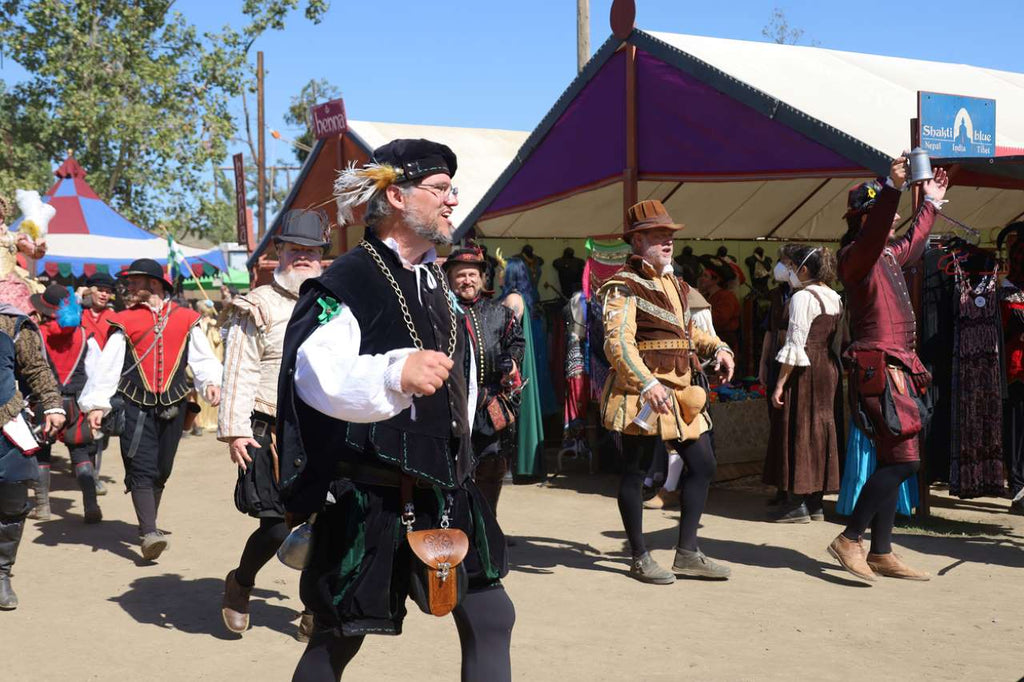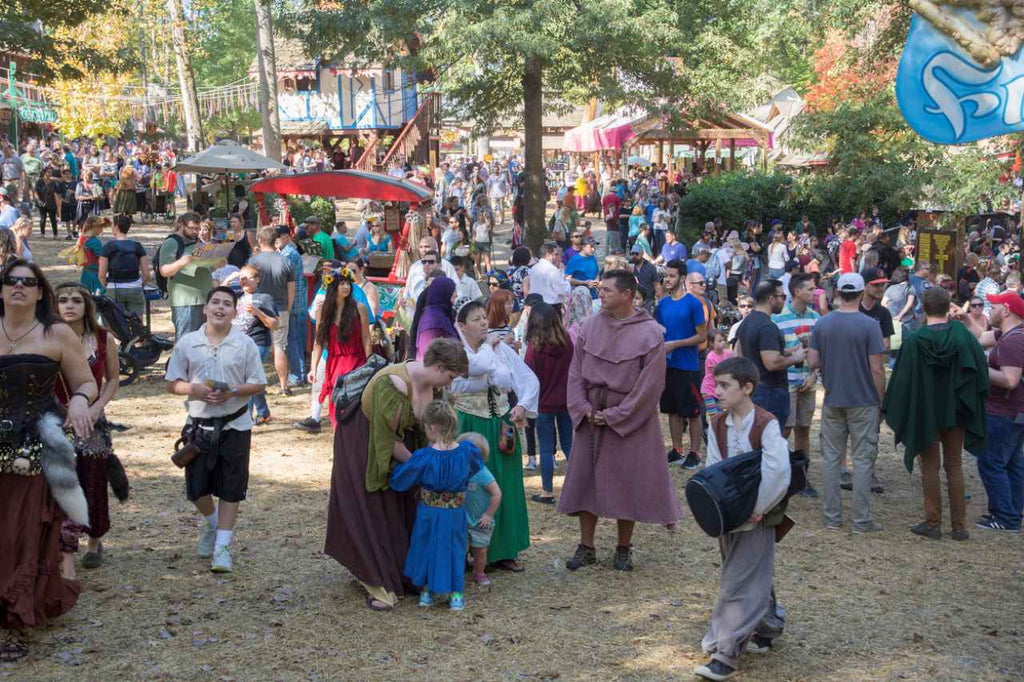Your Cart is Empty

Ah, the allure of a Renaissance Faire—where jousts, jesters, and jubilation transport us back to the enchanting world of yore. For event planners or dreamers looking to dip their toes into the medieval waters, knowing the costs involved in creating such a magical event is crucial. Whether you're aiming to captivate the crowd with a mix of historical and modern twists or appeal to old-world nostalgia for fantasy and fun, let's break down the financial feats you'll face.
Every grand event begins with a master plan, and a Renaissance Faire is no exception. Imagine the scene—knights, damsels, and maybe even a dragon or two—but bringing this all to life requires meticulous planning. Start with research on the era to ensure authenticity, which may involve consulting with historians or spending a little extra on books and resources. Next, you'll need to design the event layout. Where will the jousting tournaments take place? Where will the minstrels perform? This stage might require some professional design software or hiring a consultant, impacting your initial budget.
While diving into the details, it’s essential to also think about a theme, especially if you want attendees to follow a specific dress code. And looking for costumes for yourself? Shop your next ren faire fit with Holy Clothing; from plus size renaissance costumes to ethereal dresses, we offer it all!
When determining how to start a renaissance faire, having a detailed budget is non-negotiable. You'll need to account for everything from permits and insurance to decorations and sound systems. It's a good idea to categorize your expenses to keep track of where each penny is going. Start with the essentials and then see what room you have for additional flair.
The choice of venue can make or break your Renaissance Faire. Whether you opt for a public park, a large outdoor space, or even a historically significant site, the rental cost can vary significantly. Location is key, not only for aesthetics but also for accessibility. Remember, a central, easy-to-reach venue might cost more upfront but can pay off in higher attendance rates.
Entertainment is the heart of any Ren Faire. You’ll need to budget for hiring actors, musicians, and performers—each bringing a slice of the Renaissance to life. Don’t forget the costs associated with their needs, such as stages, sound equipment, and costumes. Providing an immersive experience might also involve unique attractions like falconry displays or blacksmithing demos, which add to the overall ambiance but also the cost.

Running a Renaissance Faire isn't a one-person show. You'll need a reliable team to handle everything from ticket sales to crowd control. While volunteers can help reduce costs, certain roles may require professional staff. Consider the need for security, medical personnel, and event management experts, all of which contribute to a safe and smooth experience for attendees.
Want to learn more about how to promote your event? Why not take a look at our blog on ren faire fun facts to spice up your marketing efforts.
In the digital age, even the most traditional events need a modern marketing strategy. To capture the hearts of Gen Z and millennials, social media is your catapult to success. Investing in targeted Facebook and Instagram ads, engaging content, and perhaps influencer partnerships can significantly increase your reach and ticket sales.
Remember, compelling visuals and storytelling are key to creating buzz and excitement; allocate funds for professional photography and video production to truly showcase the vibrancy and allure of your faire, enhancing the overall appeal and driving attendance.
Beyond the basics, there are several ancillary costs that can sneak up on you. These include sanitation facilities, first aid stations, and even insurance to protect against the unexpected. Each of these elements ensures that attendees not only have a magical time but a safe one too. It’s also wise to consider the logistics of parking and transportation—facilitating easy access to your venue can enhance the guest experience and satisfaction.
Turning a profit from a Renaissance Faire isn't just about ticket sales; diversifying your revenue streams can ensure financial stability and growth. Consider incorporating vendor fees from artisans and food merchants who wish to sell their medieval-themed goods at your event.
Additionally, offering VIP packages or premium experiences, such as behind-the-scenes tours or meet-and-greets with performers, can attract a higher-paying audience. Merchandising is another avenue—selling themed merchandise, from mugs and shirts to replica swords, can significantly boost your bottom line.
Starting a Renaissance Faire is an ambitious but rewarding venture; just remember that from the initial stages of planning and preparation to the detailed expenses and potential profits, each aspect requires careful consideration and strategic planning. By understanding and managing these costs effectively, you can create a captivating and profitable Renaissance Faire that enthralls the imaginations of attendees, transporting them to a time of myth and wonder.
So whether you're crafting the realm of knights and nobles or the domain of elves and enchanters, remember that your event is an escape to a fantastical past; it's a place where history meets creativity, and where the modern world can embrace the charms and challenges of the Renaissance. With the right blend of meticulous planning, budget management, and creative marketing, your Renaissance Faire can become a beloved, inclusive annual tradition.